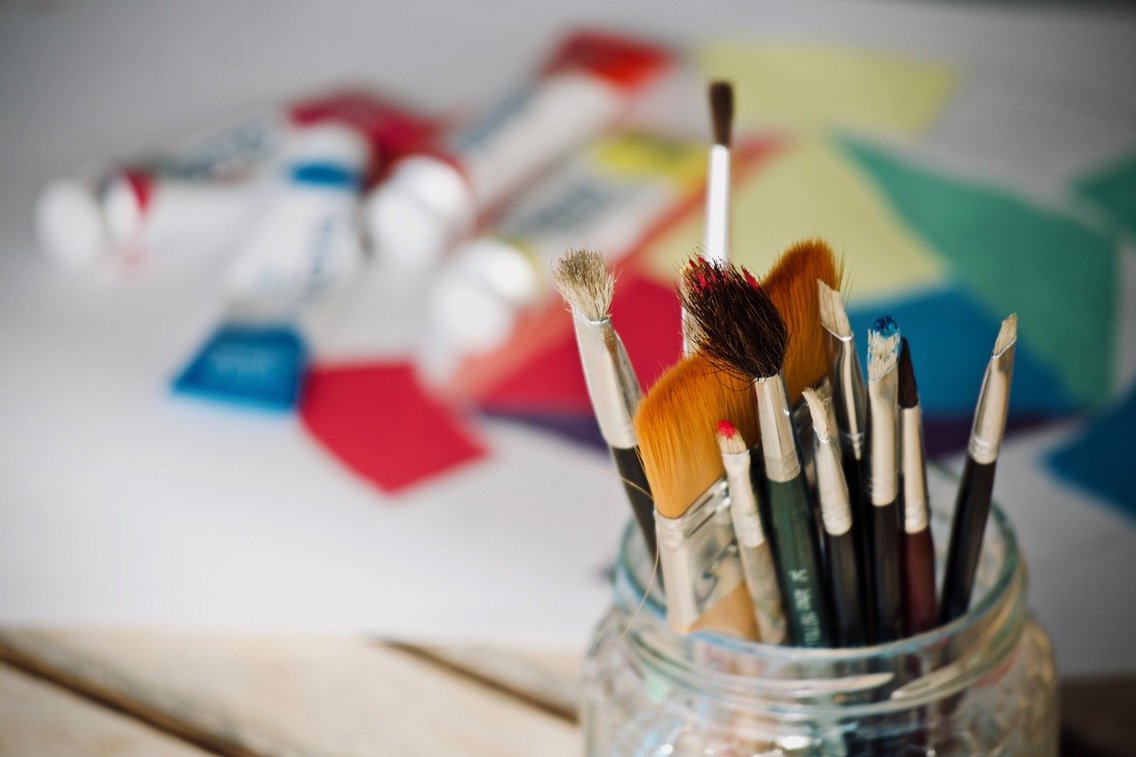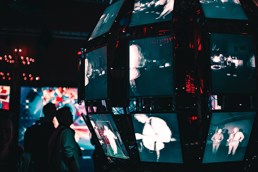Being a woman artist in Norway is disadvantageous
KNOWLEDGE@KRISTIANIA: Norwegian Art
Imagine an artist – someone making a painting. What does this person look like?
Most people probably imagine a man, perhaps someone middle-aged or old, maybe living in the 19th century.
This is the image of a stereotypical artist, and what we associate with the word “artist can hinder the possibilities for women in art.
Most artists are women, but men’s art sell
Norway is a progressive country, part of the Nordic Model of welfare and equality. We score consistently high on Gender Equality indices, such as those created by the World Economic Forum.
Women account for almost 75 per cent of all artists, yet 90 per cent of all art sold are made by men!
In the art field, however, Norway still has long a way to go. In visual art, such as paintings or drawings, women account for almost 75 per cent of all artists, yet 90 per cent of all art sold are made by men!
This speaks to a systemic issue where women artists are not given equal opportunities to display or sell their art. A man, despite being a minority among Norwegian artists, is almost ten times as likely to sell his art compared to a woman artist.

Meld deg på vårt nyhetsbrev
A bias throughout history
In the Cognition & Art research group, the Gender in Norwegian Art (GINA) project aims to investigate this issue and propose solutions. Existing studies reveal a gender bias: if a spectator knows that an artwork is made by a woman, they give it a lower monetary value.
Throughout history, there have been several cases where men presented or sold art as their own, when it was actually made by a woman. In one case, the signature of Dutch painter Judith Leyster was replaced by a man’s signature so that the painting would sell for more money.
In modern society, women artists are still underrepresented in museums: across the United States, women artists account for only 13 per cent of all displayed art. Contemporary art in Norway has fared a little better, e.g. in the annual Høstutstillingen, 58 per cent of the artists on display were women in 2021.
Answers in psychology?
While this is a move in the right direction for equality, it does not speak to art sales and income for the artists.
Statistics from Norway reveal a severe gender inequality where practically all art sold is made by men, even when most visual artists are women.
People are unable to guess the gender of an artist based on the artwork itself
Even if we exclude deceased, historical artists from the equation, men still account for well over 80 per cent of all art sold in Norway, even if exhibitions like Høstutstillingen display more women artists.
The GINA project is investigating the sociopsychological variables that contribute to this problem. We examine if simply knowing the name of the artist will influence a painting’s monetary value and subjective experience; if people can tell art made by men and women apart; and if stereotypes of artists hinder women’s progress, to name a few.
Men are rated higher
Preliminary data from an ongoing GINA survey shows that people rate an artwork as more professionally made if they think it was made by a man, even if the actual artist was a woman.
However, people are unable to guess the gender of an artist based on the artwork itself, suggesting that gender inequality has nothing to do with the artwork but rather with societal gender factors.
The aim of the GINA project is to document the gender effects in art, focusing on Norway, but ultimately aim to propose solutions on how to resolve the problem. Most likely, the issue is complex and a result of both gender stereotypes and systemic educational factors present in art education and society.
Blind to gender discrimination
For example, since Norway is often advocated as a gender equal society, citizens can become blind or ignorant to gender discrimination happening.
This leads people to inadvertently defend a system that festers inequality. As women pursue a career in art, it is paramount that they are given the same opportunities as men.
As of today, this is not the case in Norway, as men have a vastly higher chance to earn a monetary living of their art than women.
This happens despite more women visiting museums than men, more art critics being women, and a more equal distribution of men and women artists displaying their art in museums.
At GINA at Kristiania University College, we aim to address this problem and promote equal opportunities for women pursuing a career in art.
Reference:
Follow the research project Gender in Norwegian Art (GINA) at:
https://cognitionandart.com/blog/
Text: Associate professor Espen Sjøberg and Research Assistant Raquel Wilner, School of Health Sciences, Kristiania University College
We would love hearing from you:
Send your comments and questions regarding this article by e-mail to kunnskap@kristiania.no.

Meld deg på vårt nyhetsbrev
N1

I likestillingslandet Norge er kun én av ti styreledere i næringslivet kvinner
Glansbildet av Norge som foregangsland for kvinner i toppen av næringslivet slår sprekker.Les mer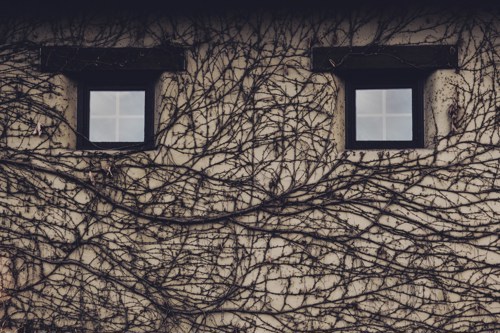
Seeing faces in anything
All of us are prone towards seeing what we want to see and drawing conclusions that fit our pre-existing biases.Les mer
N2
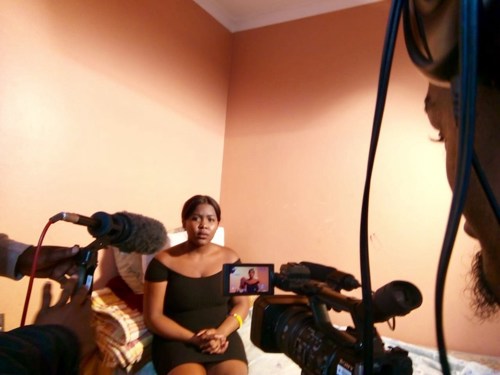
Filmet for å skape sosial endring i Cape Town
Vi brukte film, kunst og musikk som virkemidler for å skape sosial endring i det fattige lokalsamfunnet i Khayelitsha i Cape Town, Sør-Afrika.Les mer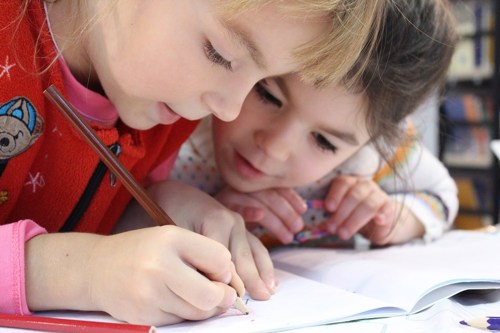
Jentene blir mer stresset ved skolestart
Mens jentene blir mer stresset, er det annen stor endring hos guttene, som overrasker forskerne.Les mer
